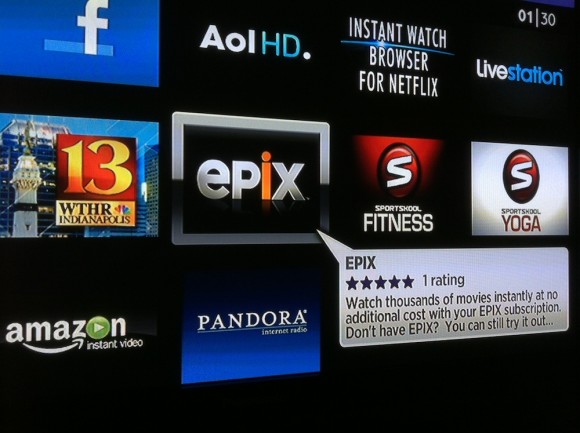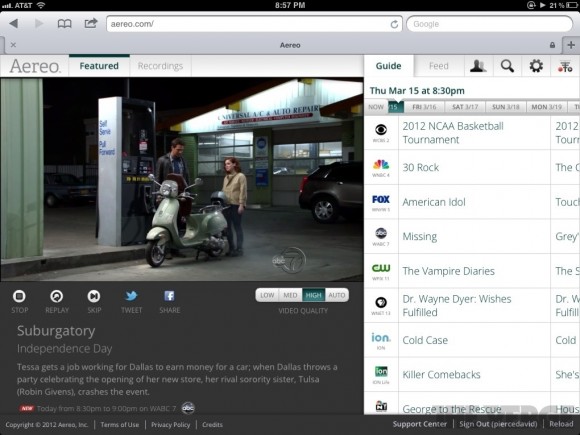
While CES now feels like forever ago, we’re still catching up on some of our notes and leftover photos. Among them are scrawled observations and camera shots covering the “magical” new TV interface introduced by Cisco and Cox. (Yes, someone actually used that word.) I was struck by two things during the presentation that Dave and I attended. First, the Cox Trio TV user interface and accompanying iOS app are beautiful. But second, they don’t do anything that I don’t already expect the next-generation of electronic program guides to do.
The updated Trio HD guide (built by NDS, now Cisco) rolled out to Cox customers in December, but the latest iOS app was unveiled for the first time at CES. (An Android version is reportedly scheduled for Q1.) In addition to cosmetic touch-ups, the Trio HD update includes the ability to establish profiles for individual users, and provides new personalized content recommendations that cut across live TV, future broadcast listings, and video on demand.

The new iOS app, meanwhile, works with iPads, iPhones and iPods, streams 90 Cox television channels, and provides access to the full Cox VOD library. It doesn’t use the same UI as Trio, but because the underlying information is delivered from the cloud (that magical place in the sky), it does support the same user profiles. It also relies on the same ThinkAnalytics content recommendation engine accessed by the Trio EPG.
In the future, Cox plans to offer new features that allow subscribers to stream content from a second-screen device to the TV, and to move recorded content in the other direction from a DVR to a tablet or smartphone. Exactly how it plans to enable those features, however, is still in question.
Read more






